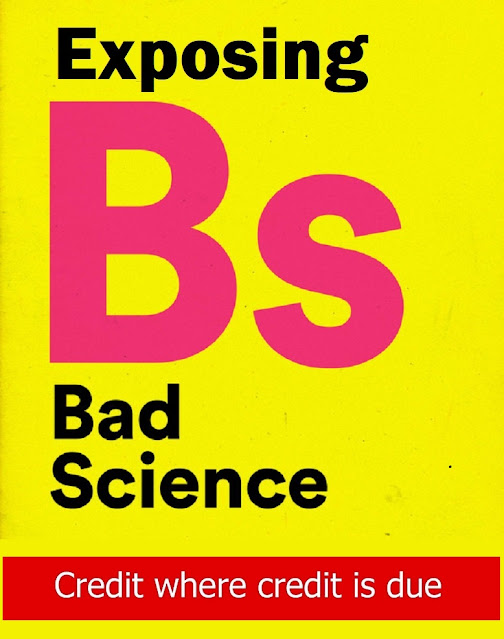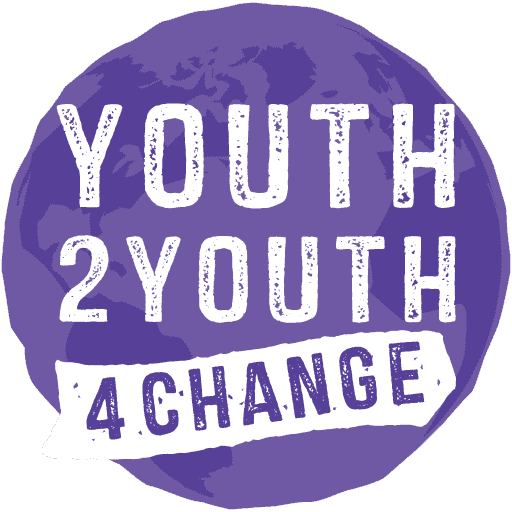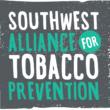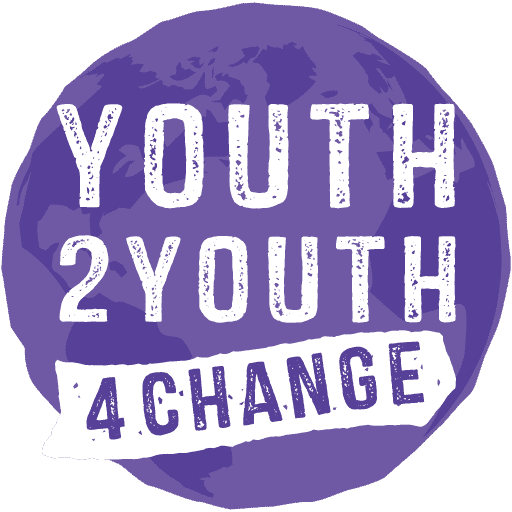
Over the years, I have documented cases in which my
colleague and I exposed fatal errors in published articles about smoke-free
products, but neither authors nor editors acknowledged our efforts.
The first case involved researchers at the National Cancer
Institute and the University of Minnesota, whose Journal of the National
Cancer Institute Cancer Spectrum article (here)
reported on overall and cause-specific mortality among users of various tobacco
products. The second instance involved an article about e-cigarettes and
respiratory diseases in which the authors, including a former member of an FDA
Tobacco advisory panel, had deleted data on over 27,000 ever e-cigarette users
with no mention or explanation, among other problems (here.
In both cases, our criticism was accepted as legitimate by the
authors and editors, but the parties defied medical publishing ethics when they
failed to publicly acknowledge our work and, instead, made it appear that the
errors were discovered by the authors.
That same sequence is now playing out again.
Dayawa Agoons and coauthors published a study
on November 22, 2021, in the American Journal
of Medicine Open claiming, “There was a graded increase in the prevalence
of fragility fractures among sole conventional cigarette smokers and dual users
of traditional and e-cigarettes [among 5,569 men and women in their
sample]. Electronic cigarette use may be
detrimental to bone health.” They used
data from the 2017-18 National Health and Nutrition Examination Survey (NHANES).
Working with the same data, my colleague Nantaporn
Plurphanswat and I discovered that Agoons had overcounted the eligible sample. There were only 3,069 participants, not the
reported 5,569. On December 22, we submitted a letter to the editor
calling for retraction, since none of the study results could survive a sample
change of this magnitude.
Six months later, on June 8,
I was informed by the editor-in-chief that our letter was accepted. On June 29,
I reviewed and proofed our letter in the Elsevier system, but then it
disappeared.
I wrote to Elsevier on October 18,
saying, “I made these [copy editing] changes almost 4 months ago. Please let me know why this article has not
been published.” I received the
following reply on October 19:
“Dear Dr. Rodu,
“Many thanks for your email. Your article has not yet been
finalised as we are still waiting for the Editor in Chief to submit their proof
of your article. I have sent them a reminder that this needs to be done and
will let you know of any updates.
“Best wishes,
Poppy Biggs
Journal Manager
ELSEVIER | Operations | Research Content Operations”
Today I learned that Agoons and colleagues published a corrigendum
that includes completely revised tables and figure. It was “Available online 16 June 2022,” which was eight days after the
editor accepted our letter.
The corrigendum states, “it has been discovered that the
study included subjects that should have been excluded.” Our letter forced the authors to delete
nearly 45% of their original study sample, yet they wrote, “the magnitude/significance
of [the original] results remains unchanged.”
Authors and editors who behave this way undermine the
quality of their work. We don’t have the resources to conduct a full
re-analysis of Agoons’s corrigendum, but one glaring item suggests its poor
quality: Their new figure is labeled with the NHANES years analyzed
“2107-2018.”
When editors and authors collaborate to cover up egregious mistakes,
they undermine the integrity and scientific value of their work.





